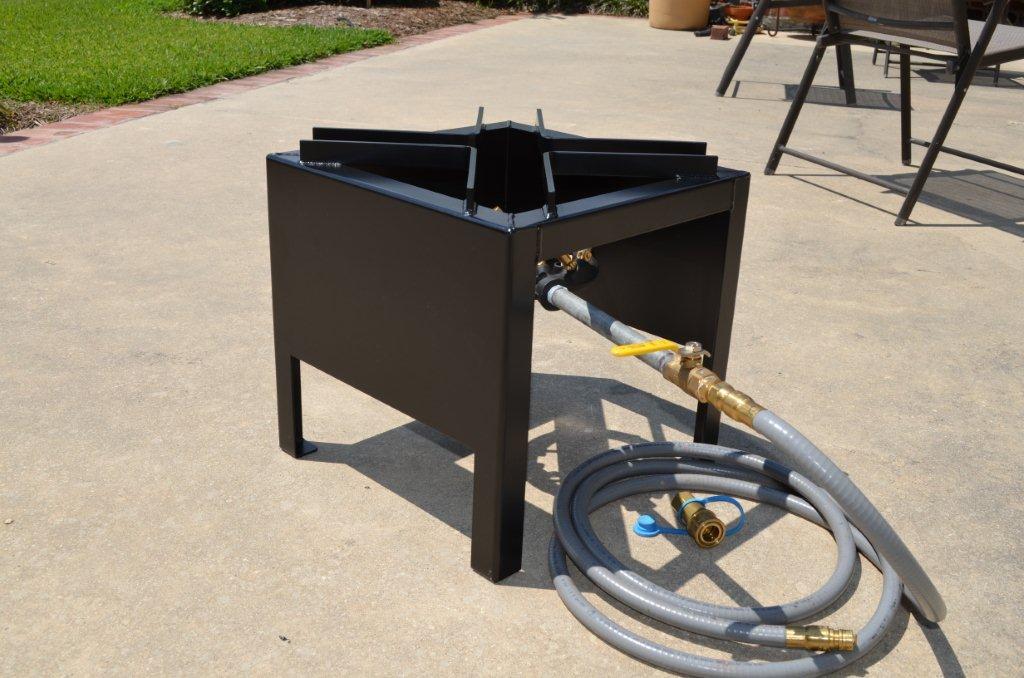Hello all,
I would like to give the woodgas science category some love and share with this very helpful community some of the knowledge I’ve learned.
While trying to understand wood gasification and its potential, I discovered that not all wood or even parts of the the same wood are equal. There are different things that effect how much energy can be extracted. We have all heard about moisture content, hard and soft wood, and fuel size but what about volume, gravity, structure, heartwood and sapwood, and the chemical properties of cellulose, lignin, and hemicellulose. All these vary greatly between wood species. A combination of these variations limit what can ultimately be extracted as productive energy. This is why no one has really solid numbers for run time per wood weight or volume.
Knowing the type of wood will give you a hint to it’s structure. A softwood has less structure and allows water to move through the wood faster than a hardwood would. Having less structure also means a lower density per same volume of space. This translates into faster extraction of oils and water from the wood and less cellulose to break down into volatiles.
I’m sure most of you will remember the gravity lesson from science class where you measure how much water is displaced by a submerged object. If you know the percentage of holocellulose verses lignin (the difference that makes it a hard or soft wood) and you know the gravity and density, you can figure out this run time if you are under identical circumstances.
Moisture content is important because it cost energy to extract it from the wood so the wood may then be consumed. This is besides the interference (cooling of the reaction), pressures, and volume loss that cause problems in gasification for internal combustion engines. The maximum moisture content of wood is related to its gravity. The maximum practical limit for living wood is 80% moisture content. You will find that heartwood and sapwood contain their own percentages with the sapwood containing the majority in softwoods. This difference is dependent on external factors such as season, soil, elevation, and region. To burn a piece of wood, you must first heat the wood until the water is able to escape the bounds of the wood structure. Think of how much energy is needed to boil water in the temperature you are in and than how much energy to give it enough steam pressure to push through the cellulose structure of the wood. Only then can you start breaking down the wood itself. Sapwood has what is called free water, hardwood has bound water. As you can gather from the terms, free water is easy to remove and bound water is not as easy.
So what is wood made of anyways!? Where does this hydrogen and CO that is being produced come from? Wood is made up of glucose (sugar), xylose (sugar), mannose (sugar), galactose (sugar), arabinose (sugar), glucoronic acid, rhamnose (deoxy sugar), phenylalanine (amino acid), sinapyl alcohol, coniferyl alcohol, and para-coumaryl alcohol. This combination means that wood acts as a polyalcohol, which is also called sugar alcohol (surprise surprise). As you can see the wood is mostly made up of carbon, hydrogen, oxygen, nitrogen, and some extras that don’t really add up to anything. Carbon and oxygen split up the majority with hydrogen containing less than 8% and nitrogen less than 1% of volume. If you look at the cellulose molecule, you will find an oxygen atom bonding the repeating group together. This is the first bond to go at 435-625 F. This separates the sugars which start to break down at 620-715 F. The alcohols break down between 475 and 933 F. The tar byproducts produced break down between 1,470 and 2,375 F.
Converting these volatile compounds that wood releases into other useful compounds and straight elements is what gasifiers are all about. They are basically breaking down the sugar and alcohol in wood into cleaner burning gases.
Have a great day j;-)

 Just another interested party that likes to read. I believe that biogas/syngas is part of the puzzle for energy independence. Matt is building me a micro s-1 gasifier to play with. So I’ll soon have soot on my hands and some real world experience.
Just another interested party that likes to read. I believe that biogas/syngas is part of the puzzle for energy independence. Matt is building me a micro s-1 gasifier to play with. So I’ll soon have soot on my hands and some real world experience.
